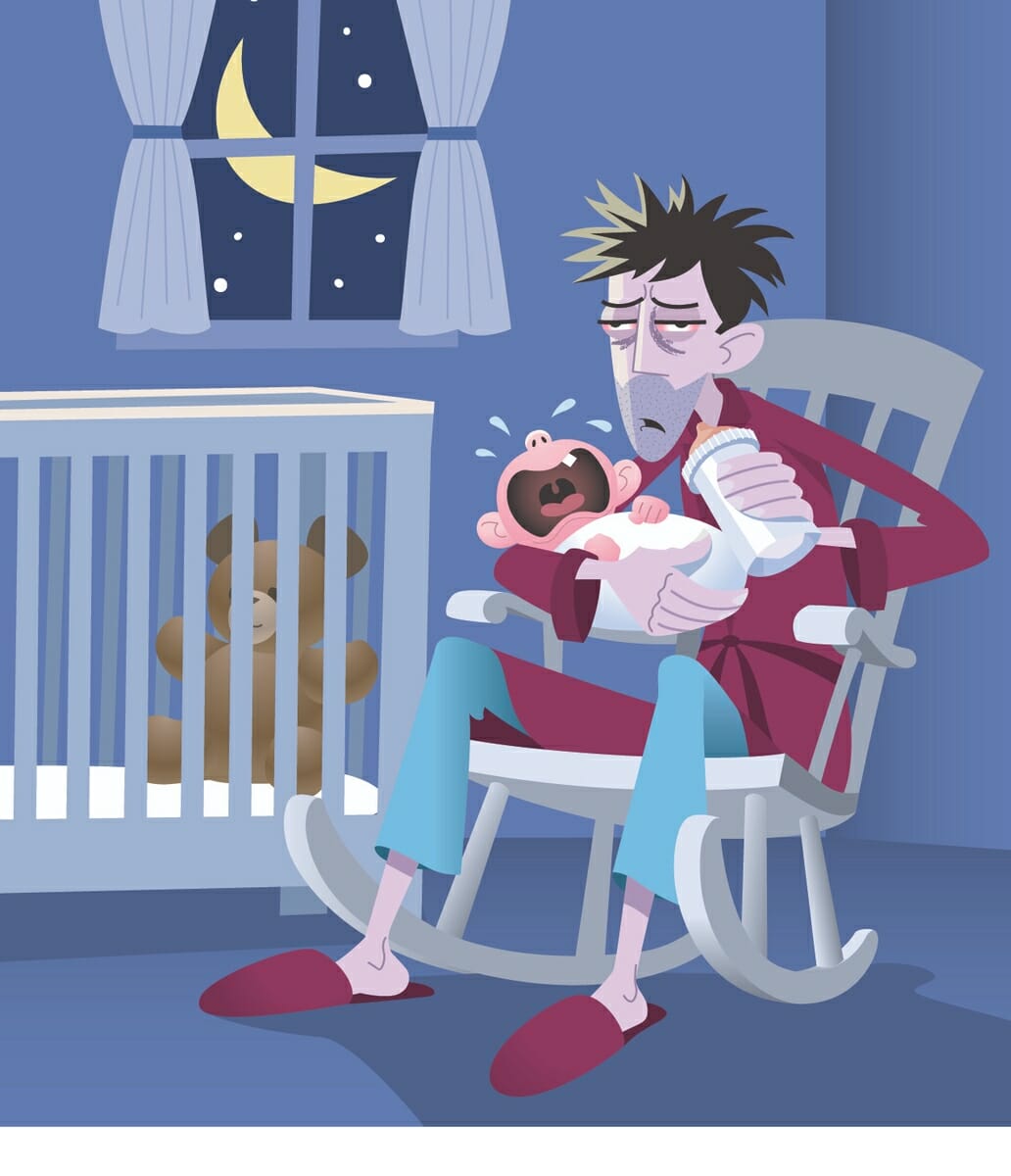Many things, such as dust and pollen, can trigger allergic reactions. But pet owners may find the culprit is a little closer to home—especially during this lengthy indoor time of COVID-19 caution.
The Asthma and Allergy Foundation of America says approximately 40 million Americans have indoor/outdoor allergies as their primary allergies. Twenty-five percent of people with allergies can credit their conditions to pet allergies, such as a reaction to cat dander, which is the most common pet allergy.
Many allergy suffers have more than one allergic reaction, and just because a person isn’t experiencing an allergy at one point in time that does not mean he or she can’t develop an allergy later in life.
“You can develop an allergy at any time,” said Derek K. Johnson, MD, director of allergy and immunology at Temple University Children’s Medical Center. That makes it crucial to figure out just what triggers pet allergies so men and women can avoid the uncomfortable side effects that come with allergic reactions sparked by pets.
Contrary to popular belief, pet fur is not the culprit behind allergic reactions in people; it is pet dander and saliva that triggers such reactions. Dander is the flakes of skin that fall off of an animal in the natural skin-shedding process. Some people actually need to come in contact with an animal to induce a reaction, while others merely need to be in a home where the pet is present. Dander-related triggers also can be a problem in offices or hotels. Dander may stay behind even after the offending animal has long since moved on, as dander typically gets trapped in upholstery and bedding and may even become lodged in air ducts.
In addition to the sebaceous glands in the skin that secrete proteins that contribute to allergens, deposits in the saliva and urine also may be allergenic, says the Asthma Center. Urine that has soaked into carpeting can trigger reactions for years, and it may take a thorough cleaning or removal of carpeting and furniture to rid a space of residual pet allergens entirely.
Unfortunately, there is no cure for pet allergies, only methods to mitigate the symptoms. Minor symptoms may be relieved with antihistamines and other allergy medication. An allergist-immunologist can make further recommendations on medication based on the type of allergy and symptoms. Using an HEPA system that collects pet dander and prevents it from spreading throughout a home also can mitigate pet allergy symptoms.
Another way to avoid pet allergies is to choose a pet that is unlikely to cause allergic reactions. Such pets may include reptiles or tropical fish. There’s no such thing as a hypoallergenic dog or cat, nor is choosing a short-haired or hairless breed the solution. Since skin cells, and not fur, are the problem, simply choosing a pet based on the type of coat it has will not help. Some dogs, including terriers, schnauzers and poodles, are believed to produce less dander.
Those who are allergic and still choose to have a pet, such as parents with pet allergies who still want their kids to enjoy the experience of pet ownership, may need to limit the time they spend with the animal and restrict where that animal is allowed to go in their homes. This can minimize exposure to dander, saliva and urine proteins. Closing off house-wide ducts may also reduce the spread of dander.
PETS AND ALLERGIES
While pets may not be allergic to one another, they, too, can suffer from allergies. Food allergies and environmental allergies are the two categories of pet allergies. Should itchiness, lethargy or sneezing plague pets during particular times of the year, outdoor allergens may be the culprit. However, if the pet seems to have continuous symptoms, there may be a problem with the pet’s internal organs or its diet.
Exclusive content from CARE Magazine.









